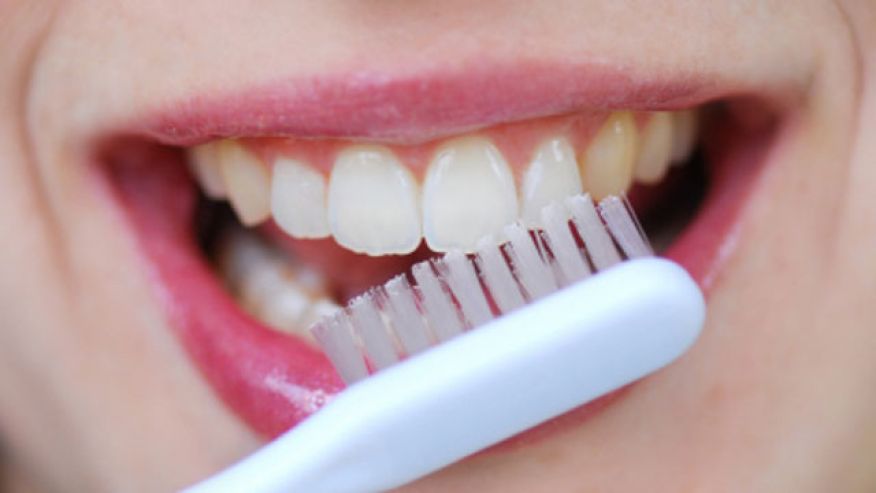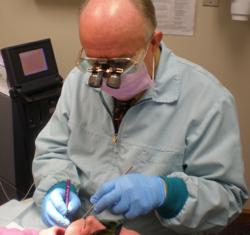People who were treated for periodontal disease had lower healthcare costs and fewer hospitalizations for other medical conditions compared to those whose gum disease went untreated, a new study has found.
“We were very surprised at the magnitude of the results,” Dr. Marjorie Jeffcoat told Reuters Health. She led the study at the University of Pennsylvania School of Dental Medicine in Philadelphia.
Periodontal disease is a chronic inflammatory condition caused by bacteria that coat the surface of the roots of the teeth. If not treated, it can lead to bone loss around the teeth, infection and tooth loss.
Treatment consists of cleaning the teeth above and below the gum line. In advanced cases, surgery is required.
Jeffcoat said a number of previous small studies hinted that treating periodontal disease may help improve other medical conditions as well and reduce the risk of premature birth among pregnant women.
To learn more, she and her colleagues analyzed claims from two Pennsylvania insurance companies to determine if costs were lower over time for patients who had their gum disease treated.
“We wanted to see if it pays from a financial point of view, to treat the disease,” Jeffcoat said.
For their records to be included in the study, patients had to have been enrolled in both the dental and medical plans for at least one year and have been seen at least once for periodontal disease. They also had to have a diagnosis of type 2 diabetes, coronary artery disease, stroke or rheumatoid arthritis, or have been pregnant.
Treated patients were counted as those who had several follow-up appointments for gum disease coded in their records.
Records for 338,891 patients were included.
The study team found significant reductions in both healthcare costs and hospital stays over a period of five years among treated patients with each of the conditions except rheumatoid arthritis.
On average, non-dental healthcare costs for people with diabetes or stroke were about 40 percent lower if their gum disease was treated. For those with coronary artery disease, costs were about 11 percent lower with treatment.
Women who were pregnant and treated for gum disease had medical costs that were 74 percent lower than those with untreated gum disease, according to findings published in the American Journal of Preventive Medicine.
When gum disease was treated, hospital admissions were also 39 percent lower among people with diabetes, 21 percent lower for stroke patients and 29 percent lower for those with coronary artery disease.
Ryan Demmer, who has studied periodontal disease at the Columbia University Mailman School of Public Health in New York, said it’s plausible that microbes in the mouth can cause problems elsewhere in the body, but more research is needed because studies have shown mixed results.
Demmer, who was not involved with the new study, said it was a creative and innovative way to address the question using existing data from insurance records.
“But what they’re really getting at here is did treating the oral infections reduce these types of outcomes or adverse events among people with particular (other diseases),” he said, “and I think we need more data from clinical trials that can fundamentally answer that question.”
The authors agree that their study doesn’t prove treating gum disease improved other conditions. For instance, it’s possible that people who elected to have their gum disease treated also took better care of themselves in general.
But Jeffcoat believes the findings are strong enough to recommend that doctors have their patients checked for periodontal disease.
“Absolutely people should be checked – that’s why we published this paper in the American Journal of Preventive Medicine,” she said. “We didn’t publish in a dental journal because we wanted physicians to see it so they could give good advice to their patients.”
Screening for periodontal disease is an easy procedure, Jeffcoat added.
“Checking someone for periodontal disease can take as little as three to five minutes,” she said.
Source: reuters



 Years ago, 78-year-old Florence Lee underwent surgery for periodontitis, a severe form of gum disease. And her experience was horrible.
Years ago, 78-year-old Florence Lee underwent surgery for periodontitis, a severe form of gum disease. And her experience was horrible.